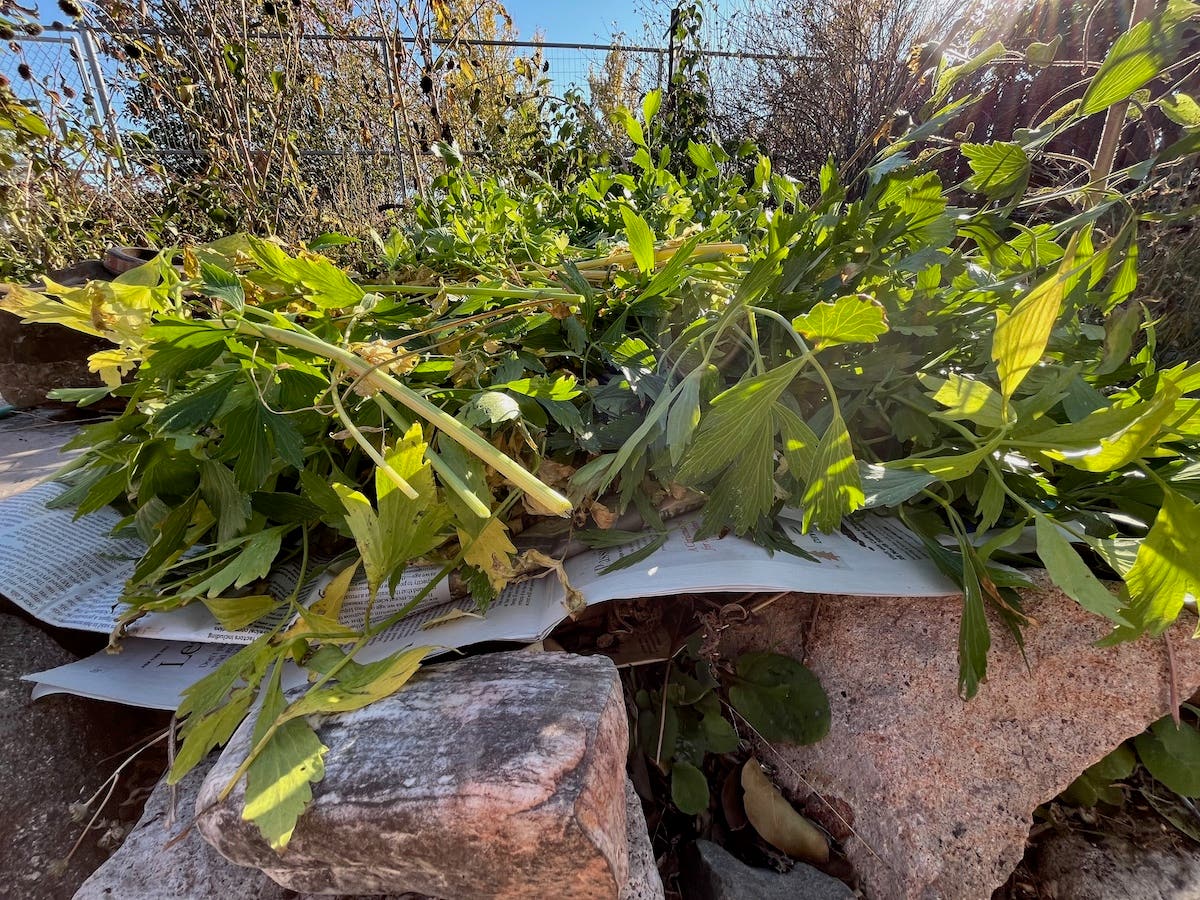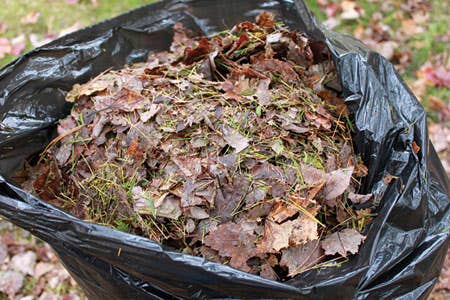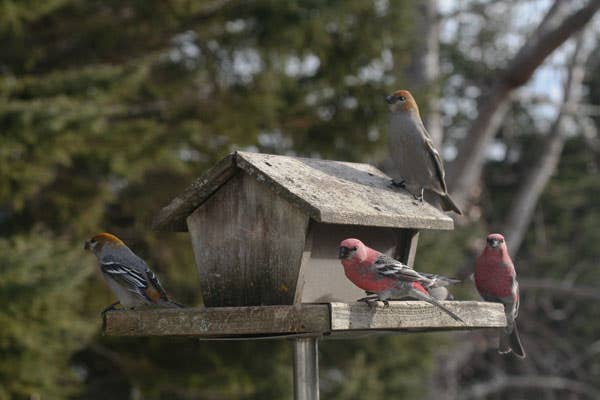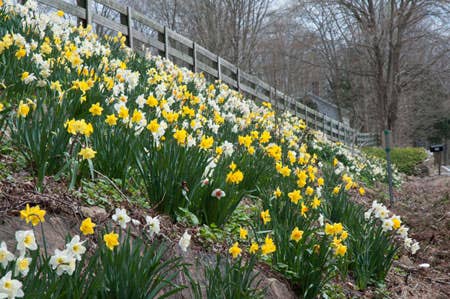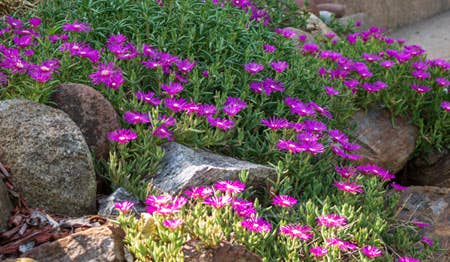Pam Baggett’s Favorite Gardening Books
Winter’s tough on gardeners. We may be longing to be outside, but we’re stuck indoors while blizzards rage. Or in my less-poetic southern climate, while a thirty-seven degree drizzle drenches the garden for days on end. While Cicero left out a few essentials (music, anyone?), garden books make it much easier to survive dreary weather. We could grab the latest and greatest for inspiration, but why neglect fine classic books available for cheap from the internet or local used book stores?
"If you have a garden and a library, you have everything you need."
~Marcus Cicero, 106-43 BCE, Roman statesman and philosopher
Winter’s tough on gardeners. We may be longing to be outside, but we’re stuck indoors while blizzards rage. Or in my less-poetic southern climate, while a thirty-seven degree drizzle drenches the garden for days on end. While Cicero left out a few essentials (music, anyone?), garden books make it much easier to survive dreary weather. We could grab the latest and greatest for inspiration, but why neglect fine classic books available for cheap from the internet or local used book stores? To help you stock your library, here’s a review of some of my favorites:
The Fragrant Year by Helen Van Pelt Wilson and Leonie Bell (1967): Books on fragrant plants often fall short, settling for pallid phrases like “sweet” to describe scent. Not this one—Wilson and Bell’s beautifully written, in-depth descriptions cover both woody and herbaceous plants. Of flowering tobacco, Nicotiana alata, they write: “Some have it honeyed or sugar-sweet, but to us it is a heavy emanation of auratum lily. During the three weeks reign of the gold band lily, the comparison is easy to make, and together lily and flowering tobacco dominate the August dark.”
Annuals for Connoisseurs by Wayne Winterrowd (1992): Winterrowd’s distinctive voice has graced the pages of Horticulture for many years. His 1992 book on uncommon annuals includes both practical information and lively personal recollections. Of his grandmother’s love for Gomphrena globosa, he writes: “She called gomphrena “life-in-death’, a name perhaps of her own invention, born of her fondness for Baptist revivals…”
Crockett’s Victory Garden by James Crockett (1977): The late James Crockett, the original gardener of the PBS television series The Victory Garden, had a humble yet eloquent writing style informed by a deep knowledge and love of plants. His 12-month guide to growing everything from leeks and lettuce to tomatoes, melons and basil will have you eating well year-round. Planting schedules are geared to Crockett’s New England weather, but even if you garden in another climate, don’t miss this treat of a book.
The Collector’s Garden by Ken Druse (1996): Druse has written and photographed some of the best gardening books available, but The Collector’s Garden remains one of my favorites. Replete with photographs, it features gardens of plant fanatics across the country. Some are specialists, like noted salvia expert Betsy Clebsch and rose rustler Mike Shoup, while others find satisfaction in anything with roots. Warning: Druse’s book can cause desperate on-line searching and fits of frantic spending for gotta-have plants.
Color Echoes by Pamela Harper (1994): You’ve heard of the concept of “color echoes”—now read the book by the knowledgeable gardener who coined the phrase. Harper’s photo-filled guide to blending flower and foliage colors in harmonious combinations has significantly advanced our understanding of garden design. Also look for her well-loved Gardening with Perennials.
The American Mixed Border by Ann Lovejoy (1993)—Lovejoy’s 1993 classic came as a revelation to many gardeners, enamored as we were of herbaceous perennial borders. But what could be more beautiful than a blend of woody plants, perennials, grasses, bulbs and tender annuals? Lovejoy’s prose reads like poetry: “ A corylopsis holds up its curving arms with a dancer’s grace, each twig bearing trembling drops of rain.”


